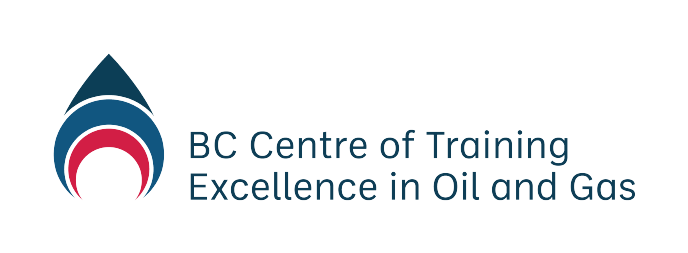-
Module 2.0 How to be Successful in this Course
-
Module 2.1 Introduction to Natural Gas
-
Module 2.2 The Natural Gas Industry in British Columbia
- Overview
- Learning Outcomes
- Natural Gas Science – The Simple Version
- Natural Gas Science – Chemistry
- Natural Gas Science – Physics
- Natural Gas Science – Units of Measurement
- Natural Gas Science – Geology
- Natural Gas Resources and Uses
- Oversight of the Natural Gas Industry
- Understanding Land Rights and Natural Gas
- Energy and the Future
-
Module 2.3 Upstream – Well Site Selection, Preparation and Drilling, Completion, Production, Water Recycling, and Reclamation
- Learning Outcomes
- The Upstream Sector – Extraction and Processing
- The Upstream Sector – Exploration and Site Selection
- The Upstream Sector – Preparation and Drilling
- The Upstream Sector – Completion
- The Upstream Sector – Production
- The Upstream Sector – Water Recycling
- The Upstream Sector – Reclamation
- Upstream Companies and Jobs in British Columbia – Companies
- Upstream Companies and Jobs in British Columbia – Industry Associations
- Upstream Companies and Jobs in British Columbia – Professional Associations
- New Vocabulary
-
Module 2.4 Midstream – Transportation, Processing, Refining
- Learning Outcomes
- The Midstream Sector
- The Midstream Sector – Processing Natural Gas
- The Midstream Sector – Liquefied Natural Gas
- The Midstream Sector – An Emerging Industry
- The Midstream Sector – Processing LNG
- The Midstream Sector – Proposed LNG Projects in British Columbia
- Transportation
- Midstream Companies and Jobs in British Columbia
-
Module 2.5 Downstream – Refining and Markets
-
Module 2.6 Health and Wellness in the Natural Gas Industry
-
Module 2.7 Safety
-
Module 2.8 Terminology and Communication
-
Module 2.9 Jobs and Careers
- Learning Outcomes
- Industry Outlook
- Technology is Changing Workforce and Skills
- Employment in the Natural Gas Industry
- Employment in the Natural Gas Industry – Types of Employment
- Employment in the Natural Gas Industry – Range of Jobs
- Employment in the Natural Gas Industry – High Demand Jobs and Occupations
- Occupational Education and Training
-
Module 3.0 How to be a Valued Employee
-
Module 3.1 Identifying Interests and Skills
-
Module 3.2 Looking for Employment in Natural Gas
-
Module 3.3 Applying for Employment in Natural Gas
Practical Activity 1:
Modeling Key Concepts in the Upstream, Midstream, and Downstream Natural Gas Industry
This activity involves having the students build a model that demonstrates they understand key concepts in the upstream, midstream, and downstream sectors of the natural gas industry. These include, but are not limited to, concepts such as:
- Directional drilling, mud circulation, fishing
- LNG
- Oil & Gas Rigs (scaffolding)
- Pipelines
- Processing & Distribution
- Shipping
- Storage

Instructions
- Form groups of 3-4 students
- Choose a Team Leader.
a. The Team Leader will distribute tasks amongst the team and present the project on behalf of the group. - Build the model as a team, using the knowledge you have gained so far in the course. See below for a list of suggested materials and links to videos of other WiNG students building their models.
Suggested Materials for Building Models
You can use any materials to build your model except dangerous or flammable materials or toxic substances. Check with the instructor if you have any doubts.
| Cardboard Duct tape Hand sanitizer for mud Helical plastic profile (to mimic the motor) Masking tape Paper plates Paper towel tube Pins or paper clips for fishing hooks Popsicle sticks for scaffolding Straws for drilling pipes Transparent plastic tube for casing Wood glue |
 |
Videos of WiNG Students Building Models
Video 1: Hands on projects for demonstrating conventional drilling, directional drilling, mud circulation and fishing Example 1 (2 minutes, 15 seconds)
Video 2: Hands on projects for demonstrating conventional drilling, directional drilling, mud circulation and fishing Example 2 (4 minutes, 21 seconds)
Video 3: Hands on projects for demonstrating conventional drilling, directional drilling, mud circulation and fishing Example 3 (1 minutes, 10 seconds)
